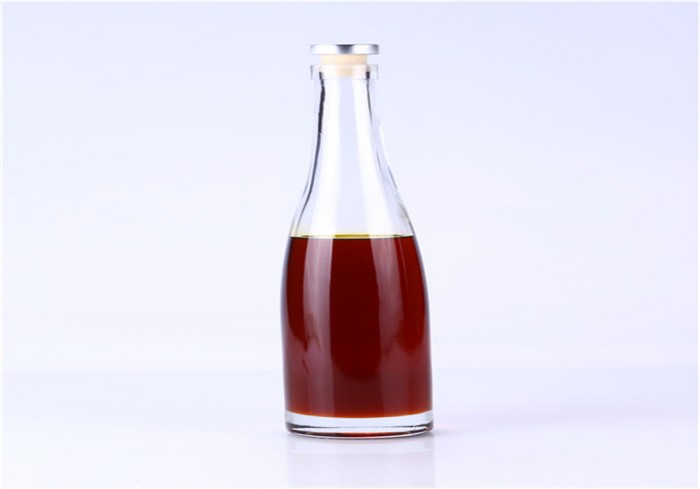Application Of Lecithin In Feed
Published on Nov. 18, 2019
Lecithin has been used more and more widely in the feed industry worldwide due to its unique physical and chemical properties and nutritional value. Adding lecithin has become an important means to improve the quality of animal feed, and appropriately in breeding livestock (fish and shrimp) The use of lecithin in the feed, and the appropriate use of fat, in the small animal feed can greatly improve the lactation of mammals, the hatching rate of poultry eggs, the hatching rate of fish and crab eggs and the breeding rate of seedlings. Lecithin can be classified into egg yolk lecithin,Soy Lecithin, rapeseed lecithin, sunflower lecithin, peanut lecithin and the like according to the source. Different processing methods have a great influence on the molecular composition of lecithin, which fundamentally affects the application and nutritional value of different kinds of lecithin. For example, choline lecithin is mainly used in liposome technology and has higher Nutritional health value.
First, the function and nutritional value of lecithin
1. Lecithin is the main raw material of lipoprotein in the cell membrane system, so it is one of the most important basic substances for life. The proportion of lecithin in the nervous and visceral systems is higher than other systems. In egg yolk, lecithin accounts for more than 30% of the fat content, and the proportion of lecithin in fish eggs is also very high. It can be seen that lecithin is one of the most important substances affecting life activities in oviparous animals.
2, lecithin is an important component of lipoprotein in the blood, is a transport tool for lipids in the blood, ensuring timely transport of newly absorbed lipid nutrients and fat-soluble vitamins to the liver and other metabolic organs. It plays an important role in regulating the normal working state of cardiovascular and hepatobiliary systems.
3. Lecithin has dispersibility and emulsifying properties, and can further disperse small fat particles entering the intestine, thereby increasing the contact area between fat and intestinal mucosa cells, increasing the absorption opportunity, thereby improving the absorption and utilization rate of fat.
4, protect the liver function and enhance the liver's nutritional synthesis and detoxification function, lecithin can help the accumulation of fat in the liver fat and newly synthesized fat out of the liver, and provide abundant raw materials for liver cell renewal, thereby reducing fat liver incidence.
So what are the applications of lecithin in feed? The following Liquid Soya Lecithin suppliers will come to tell you.
Liquid Soya Lecithin
Second, the application of lecithin in pig feed
Regarding the effect of crude lecithin and deoiled lecithin on the performance of piglets, domestic and foreign scholars have done a lot of experiments, and the consistent reaction of lecithin has a significant improvement on the growth rate of the weaned piglets and the digestion and absorption rate of fat.
With the development of the pig industry, the production of sows in the professionalized sows is obviously insufficient. Adding lecithin to the sow feed can not only increase the milk yield, but also improve the milk quality (milk fat percentage). The addition of 1-2% lecithin to sow feed has an important impact on the healthy development of piglets.
Third, Application of lecithin in poultry feed
In the early stage of poultry, due to intestinal insufficiency of the liver and insufficient secretion of bile, it leads to some inevitable problems of low digestibility of fat and vitamins. Therefore, the addition of lecithin can partially overcome the early physiological defects of poultry and ensure the rapid growth of young birds growing.
Fourth, Application of lecithin in aquatic feed
Lecithin not only has the nutritional value prevalent in livestock and poultry feed, but lecithin can also gel in water, which helps to adsorb organic nutrients together, reduce nutrient loss, and improve the environment for aquatic products. , reduce the number of water changes and disease.
The above is the application of lecithin in feed, that is, the application of Soy Lecithin Feed Grade, etc., hope to help everyone.



